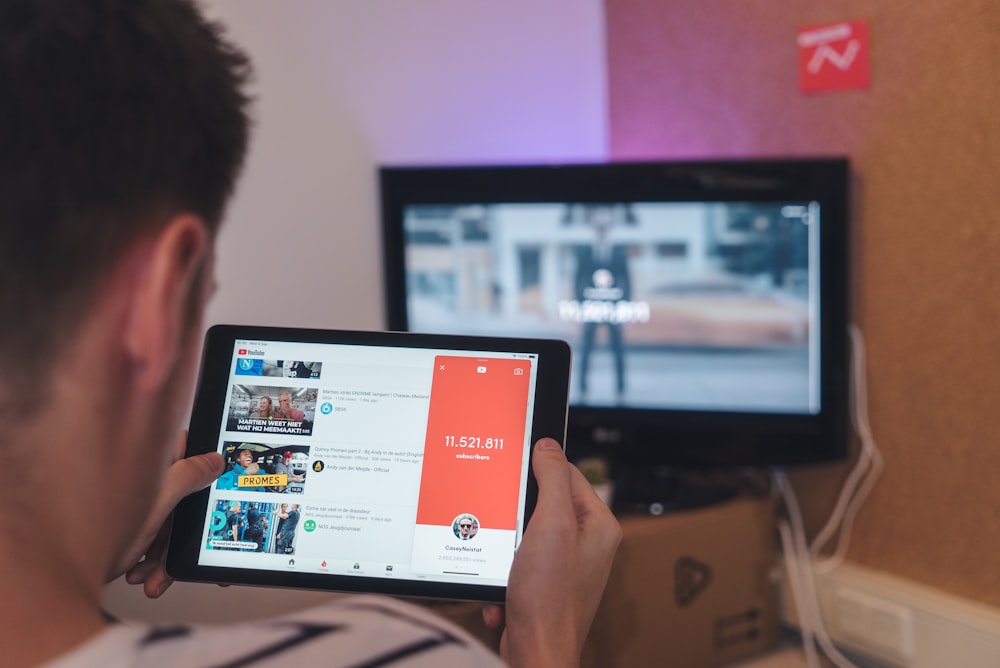If you didn’t know, Google is actually phasing out the name “Custom Intent Audiences”. This is pretty confusing because some accounts are still using Custom Intent Audiences while others have moved to “Custom Audiences” instead.

If you want to set up something similar to Custom Intent Audiences in the new interface, you need to go into “Custom Audiences” and select the option that says “People who searched for any of these terms on Google.”
Old dogs like me are probably always going to call them Custom Intent Audiences, but I wanted to give you some insight into what is happening. This is a change in the name/interface only – the new Custom Audiences (based on search terms) will function the same way that Custom Intent Audiences do now.
To set up Custom Intent Audiences, you will need to add a list of keywords. Google tells you to select words that you assume your target customer would search for on Google.com. From these words, Google then creates custom audiences for you.
In theory, you will be targeting people who have recently searched for these keywords, but in reality, that is not actually how it works.
Google even tells us that they will show your ads to people likely to be interested in the keywords.
We can assume that it will include people who have recently searched for those keywords, but it will also include many other people as well. Google analyzes the characteristics of people who actually searched for the keywords and then matches additional people based on other similar characteristics.
So, even if someone has never searched for one of your keywords specifically, they may be placed on a list if they have enough in common with people who have searched for it.
If you don’t want to generate your own keywords, you can use auto-created segments that Google’s system sets up for you based on your website and campaign activity.
Now I am sure some of you are thinking, “Aha! Kyle, I’ve got you here. You don’t know what you’re talking about because you can’t use auto-created segments in YouTube campaigns. You can only use them in display campaigns.”
Well, you’re wrong… ????
While you can’t add autogenerated segments directly when you are setting up a YouTube Ads campaign, you can add them to a display campaign. Then, simply copy and paste them over to your YouTube Ads campaign and they will work!
You may find that the autogenerated segments don’t look very relevant to what you’re selling. In fact, most of them probably won’t be. But it is worth looking at them because Google knows a lot. – they may come up with some targeting that you simply haven’t thought of.
Now, back to custom intent audiences that we create ourselves…
Google recommends adding 300 to 500 keywords. In the very same paragraph, they recommend not getting too specific and to use general keywords. It can be quite challenging coming up with 300 to 500 keywords while still staying pretty broad. I am not sure where Google is getting this direction from, but it’s not the right direction.
Let me lead you in the right direction with some best practices that I use when setting up custom intent audiences. If you have 300 to 500 keywords (most likely you won’t), you would not put all of them into one custom intent audience. Instead, you’d want to separate them out by topic and then create several custom intent audiences.
You also don’t need to worry about finding that many keywords. Maybe your target audience is only searching for a handful of keywords. In that case, just use what you find and don’t try to make up a bunch of words just to meet Google’s suggestion. In fact, each custom audience that I build usually has between 5 and 50 keywords in it instead. Sometimes there are a lot of different ways people might be searching for a particular topic while other instances may only require a handful of words – it is just based on intent.
You want to put keywords with a certain intent together in one custom intent audience. This will help you see how different audiences perform. You will also be able to focus on the ones that are doing well or turn off the audiences that are not performing as well.